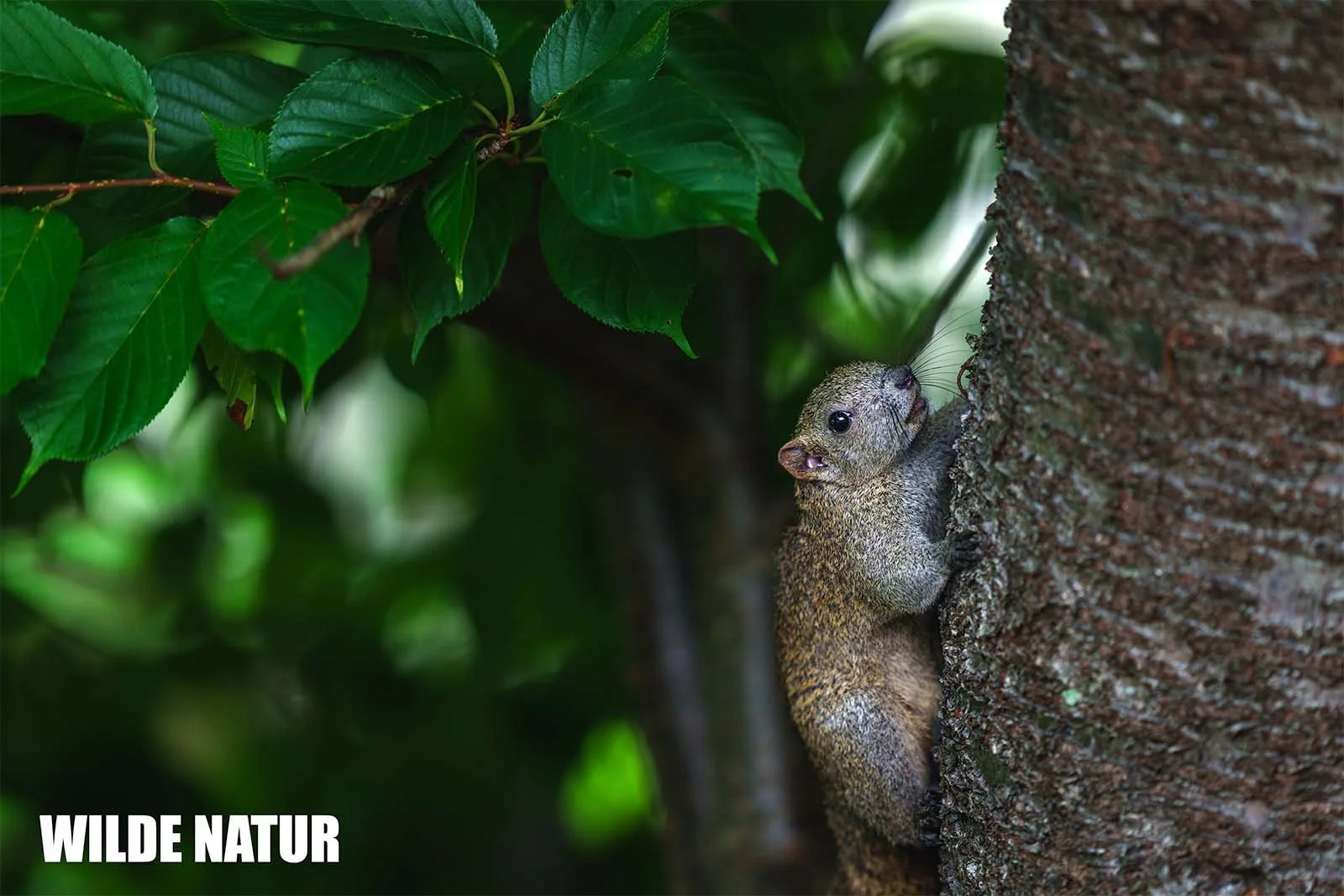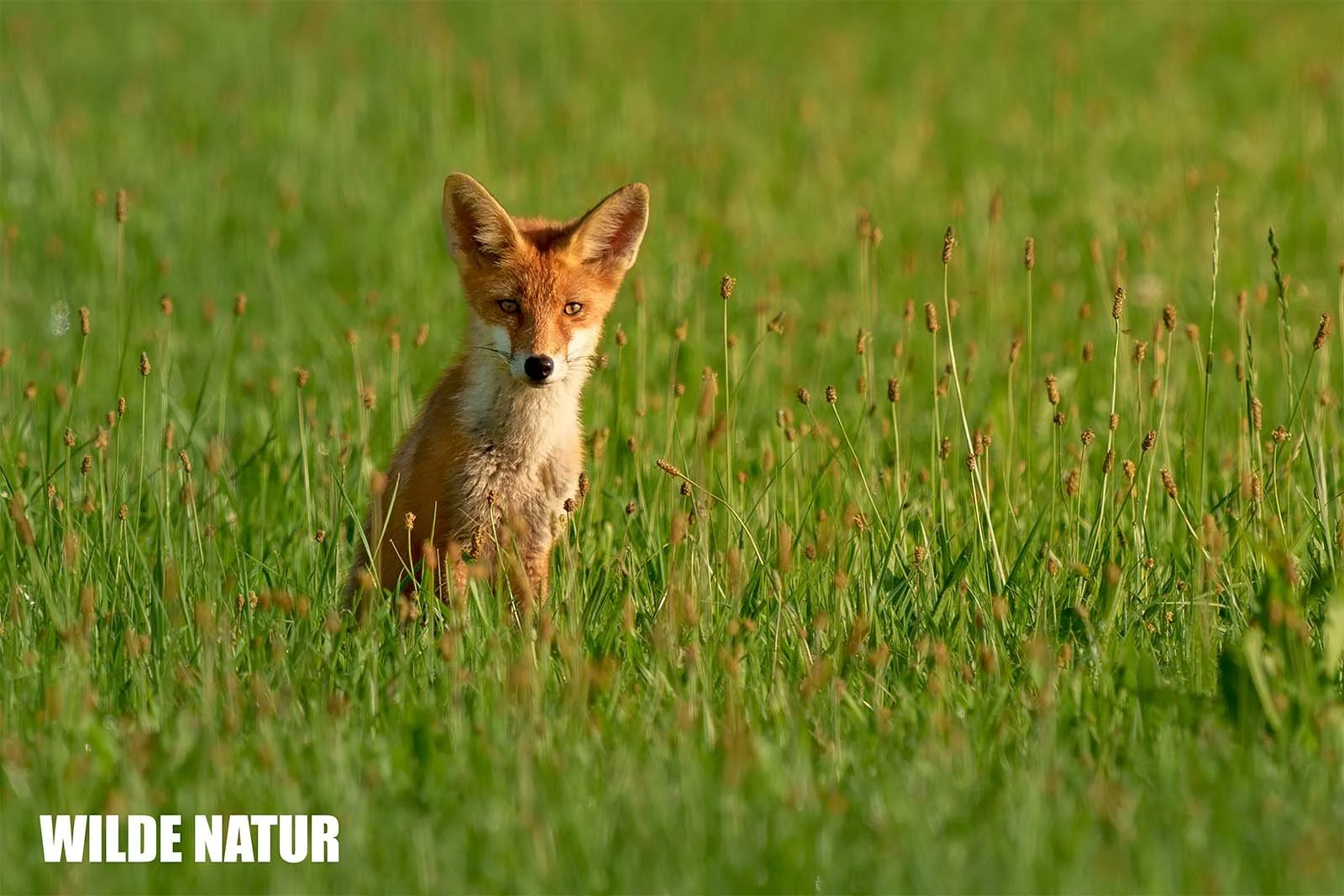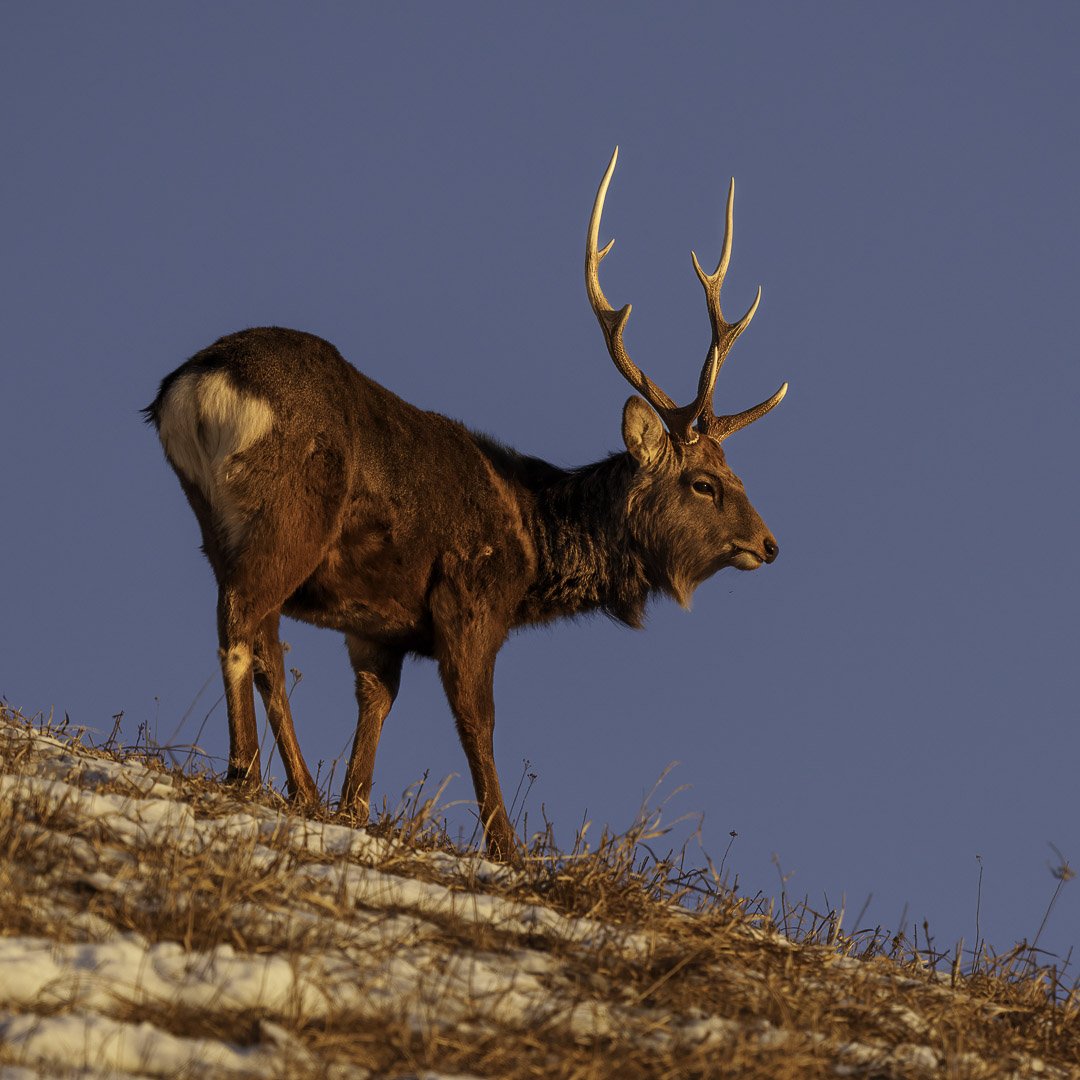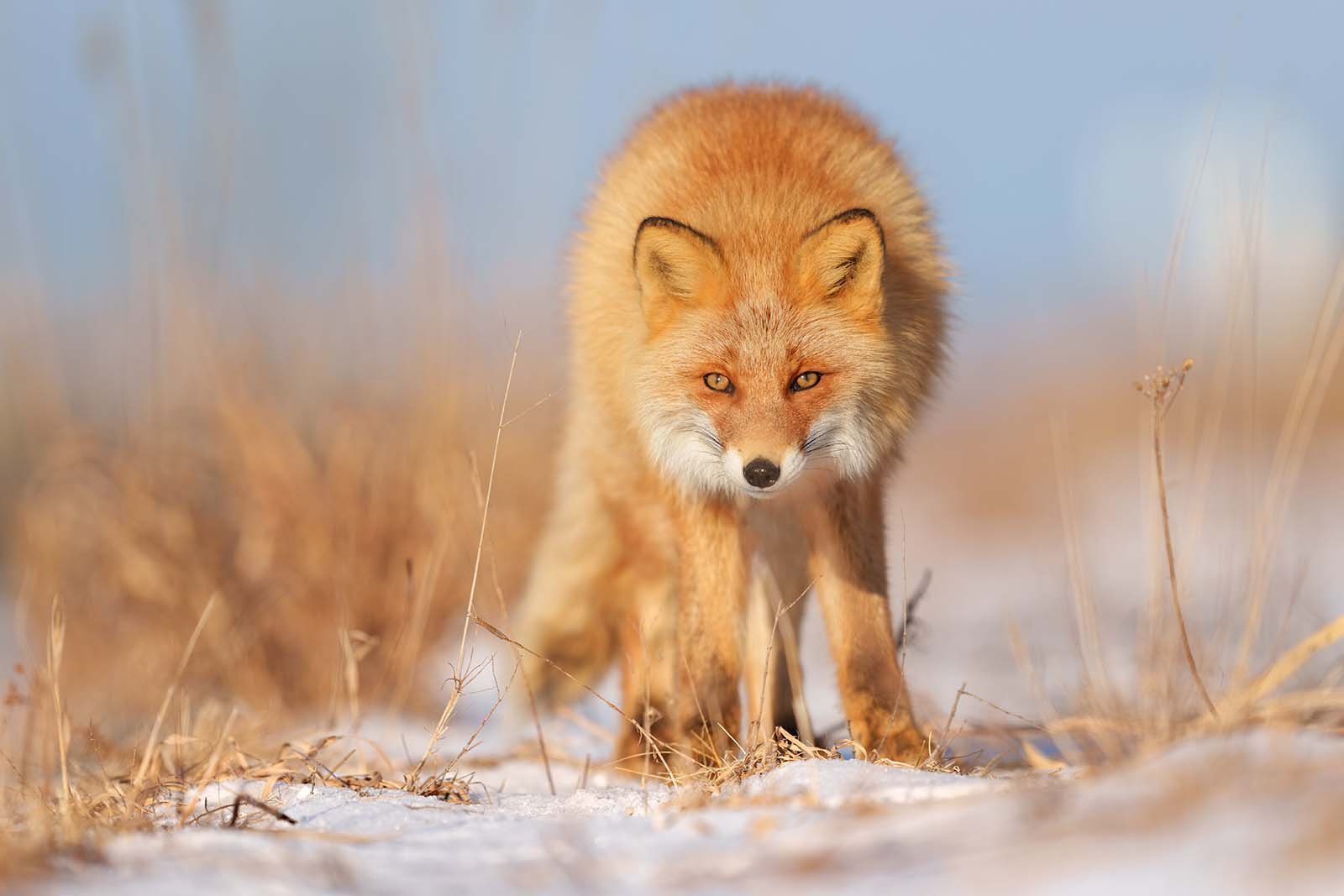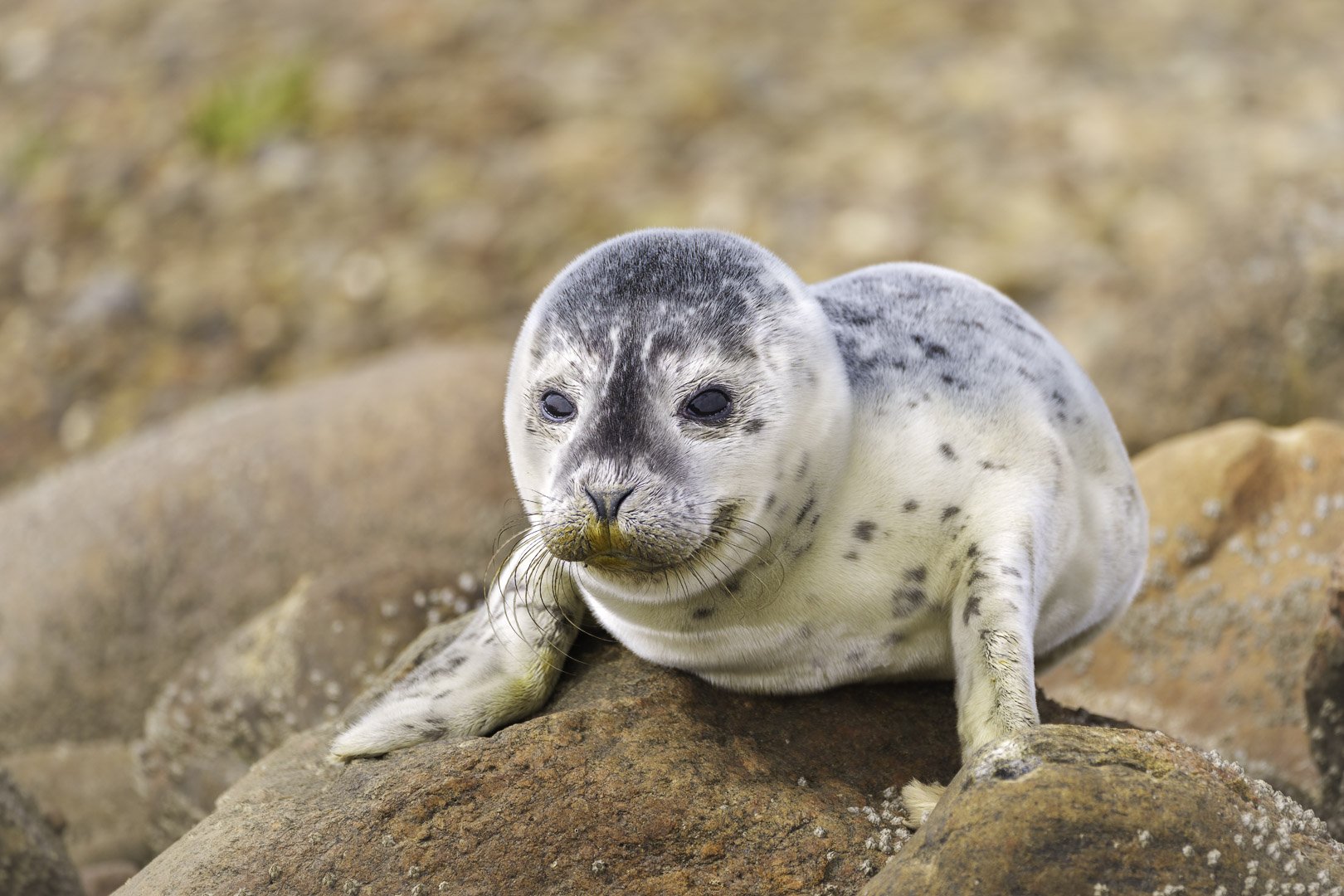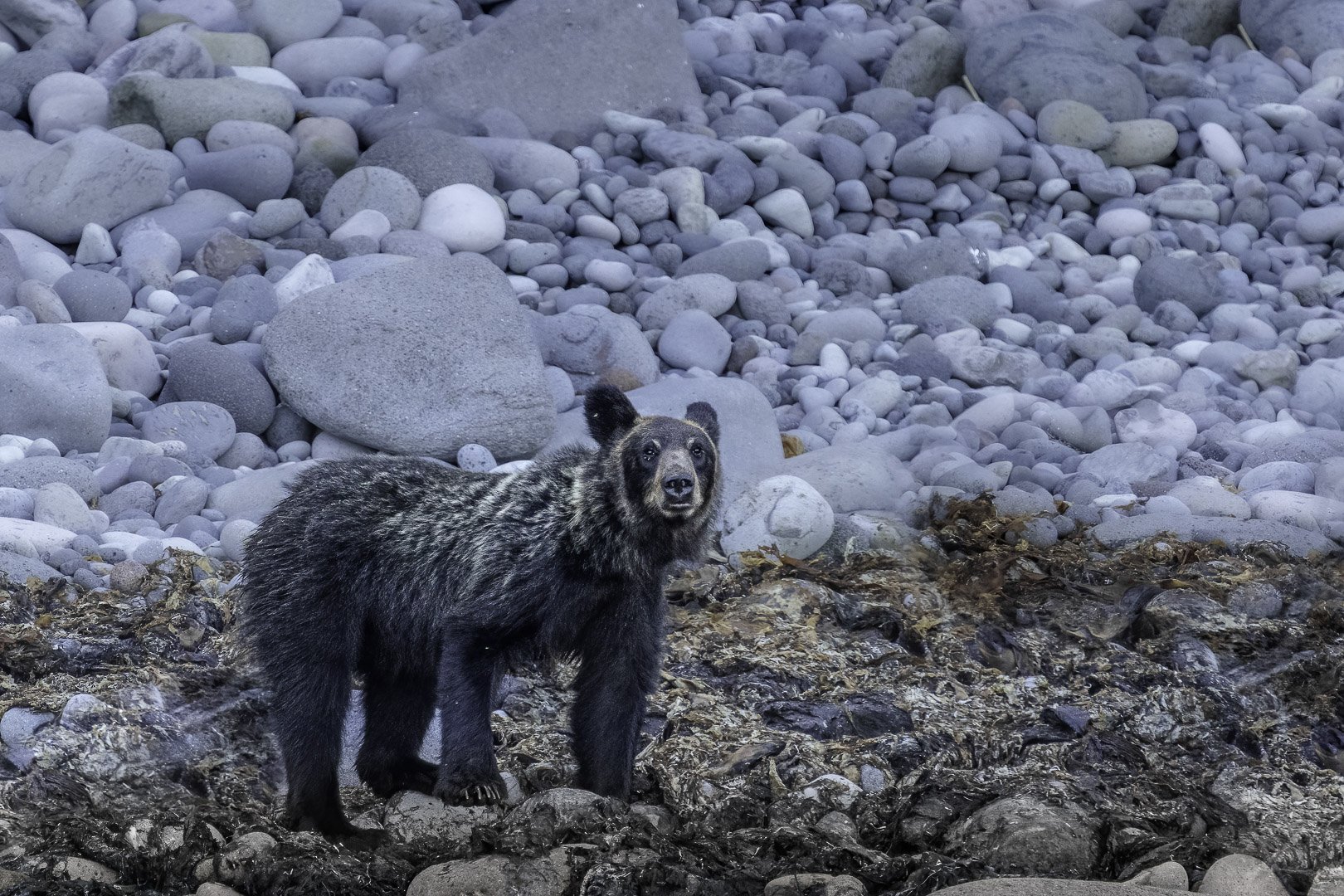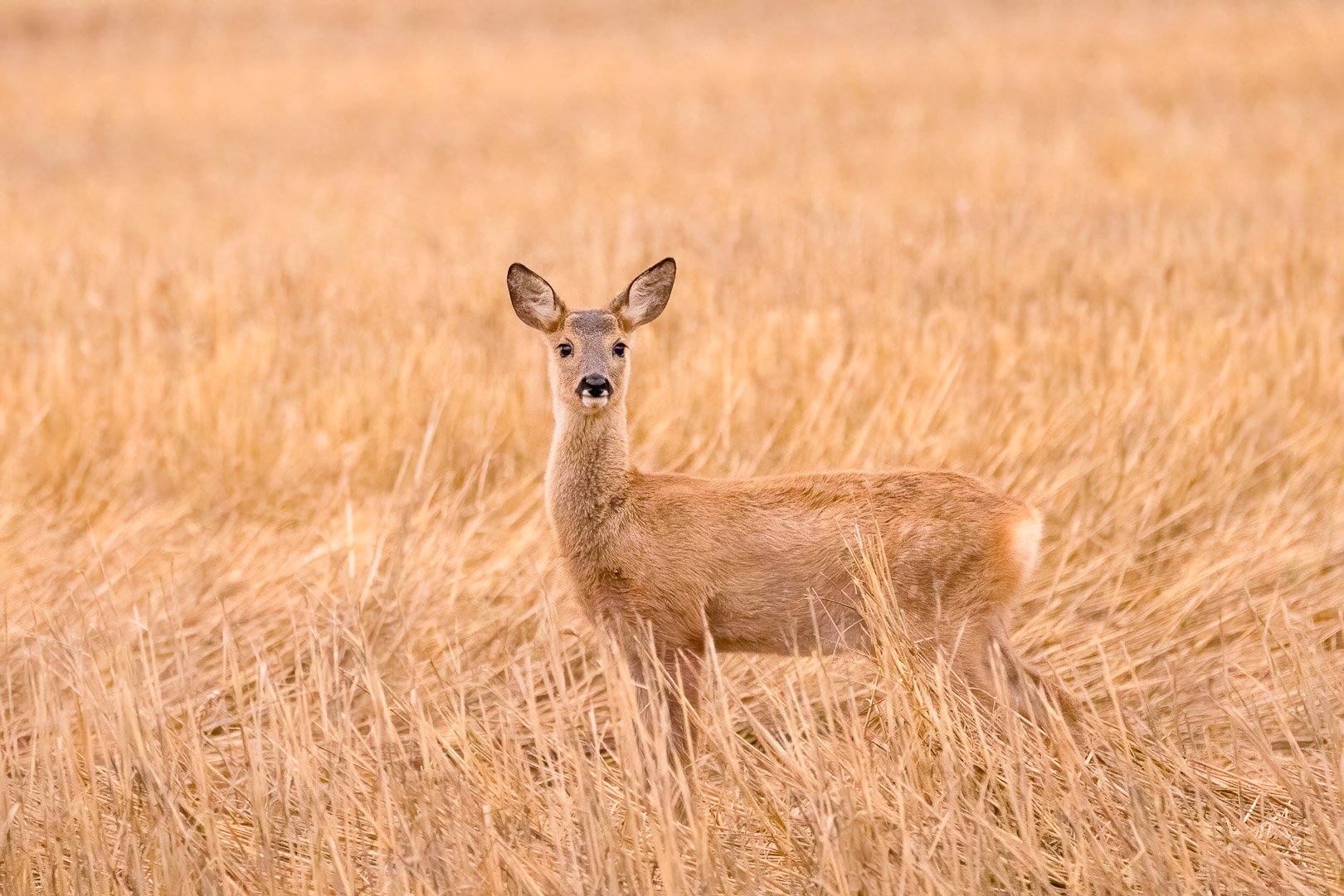Pallas's squirrel (Callosciurus erythraeus)
Pallas's squirrel (Callosciurus erythraeus)
Pallas's Squirrel – Exotic Climber in Europe's Trees
This acrobat from Asia is a striking sight – but also listed as an invasive species by the EU. Discover this exotic rodent with its vivid fur. Learn about its origin, behavior, distribution, and why it's considered invasive in Europe.
- Colorful eye-catcher with a reddish belly and bushy tail
- Introduced from Southeast Asia, now found in parts of Europe
- Full-time tree-dweller, active and curious
- Breeds rapidly, active year-round
- Threat to native species – classified as invasive in the EU
Key Facts
- Species name: Callosciurus erythraeus
- Body length: 16–28 cm + tail
- Weight: 310–460 g
- Distribution: Native to Asia, introduced in Europe
- Diet: Seeds, fruits, insects, flowers, eggs
- Activity: Diurnal, no hibernation
- Reproduction: Several litters per year, up to three
- Status: Invasive species under EU regulation
Table of Contents
- How to Recognize the Pallas's Squirrel
- Lifestyle: Climbing, Jumping, Nesting
- What Does the Pallas's Squirrel Eat?
- Reproduction: Fast, Frequent, Effective
- Active Even in Winter
- Distribution: From Rainforest to Europe
- Invasive Species – Why It’s a Problem
- Pallas's Squirrel FAQ
How to Recognize the Pallas's Squirrel
The Pallas's squirrel stands out – not just for its reddish underside. Its back and flanks vary by subspecies: brown, olive-green, or grayish-brown.
Additional Features:
- Black paws
- Small, smooth ears
- Large, side-facing eyes
- Bushy tail, nearly as long as its body
Compared to the European red squirrel, it looks stockier and more compact – but just as agile.
Lifestyle: Climbing, Jumping, Nesting
Pallas's squirrels are full-time climbers, rarely descending to the ground. Their nests – known as dreys – are typically hidden 7 to 18 meters high in dense foliage.
Typical Behaviors:
- Diurnal, most active in mornings and evenings
- Females stay within small territories
- Males roam larger areas
- Quick, curious, and alert
You’ll only spot one if you look up – and stay quiet.
What Does the Pallas's Squirrel Eat?
Their diet is varied and seasonal:
- Seeds and nuts
- Fruits and flowers
- Leaves and bark
- Insects and eggs
In Asia, they feed on camellia blossoms in winter. In European parks, they also raid bird feeders, fruit trees, and nesting sites.
Good to Know:
They cache food for later – just like native squirrels. In doing so, they may even assist with seed dispersal.
Reproduction: Fast, Frequent, Effective
Pallas's squirrels breed several times a year, usually in spring and fall. Each female can produce up to three litters annually, with one to two offspring per litter.
Reproduction Details:
- Gestation period: about 47 days
- Nestling phase: 40–50 days
- Sexual maturity: Around one year
- Behavior: Several males compete for a female – the winner stays nearby
Thanks to this high reproductive rate, small populations can expand rapidly – and take over entire parks.
Active Even in Winter
Unlike many other animals, the Pallas's squirrel does not hibernate. It remains active year-round, adjusting its activity based on climate:
- In warm regions: Little to no change in behavior
- In temperate zones: Less movement, more rest
They scale back activity but stay visible – requiring constant food and shelter.
Distribution: From Rainforest to Europe
Originally from South and Southeast Asia, the Pallas's squirrel inhabits:
- Tropical rainforests
- Bamboo forests
- Subalpine zones
- Urban green spaces
Due to pet trade, zoo escapes, and intentional releases, they’ve established populations in parts of Europe – including France, Belgium, Italy, and the Netherlands. These free-living populations are typically found in urban parks and cities.
Invasive Species – Why It’s a Problem
Despite its charming appearance, the Pallas's squirrel is officially classified as an invasive species in the European Union. In 2016, it was added to the EU list of invasive alien species of Union concern.
The reasons:
- Competes with the native red squirrel
- Damages trees by stripping bark
- Raids bird nests, disrupting populations
- Lacks natural predators in Europe
This means:
- Keeping, breeding, and trading are banned
- Captive individuals may not be released
- Monitoring and control measures are permitted
The goal is to protect native ecosystems, especially in regions already facing biodiversity loss.
Pallas's Squirrel FAQ
Where does the Pallas's squirrel originate?
From South and Southeast Asia – notably China, India, Malaysia, and Taiwan.
Is it dangerous to native species?
Yes. It can displace native red squirrels and raid bird nests.
Can it be kept legally as a pet?
No. Since 2016, ownership and trade are prohibited in the EU.
How big does a Pallas's squirrel get?
Head-body length 16–28 cm, plus a bushy tail – total length of up to 50 cm.
What should I do if I spot one in Europe?
Do not capture or feed it. Report sightings – if possible – to local conservation authorities.
Final Thoughts
The Pallas's squirrel is a fascinating guest with acrobatic flair and striking fur. But in Europe and Japan, it’s not just another charming animal – it poses a real threat to biodiversity.

